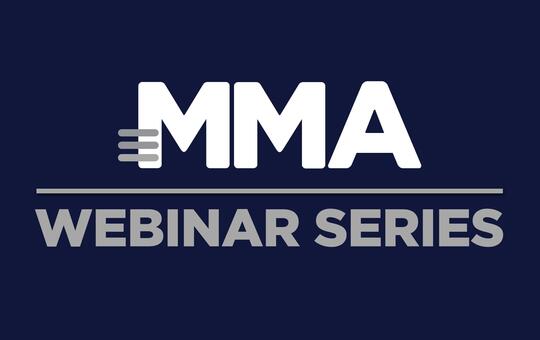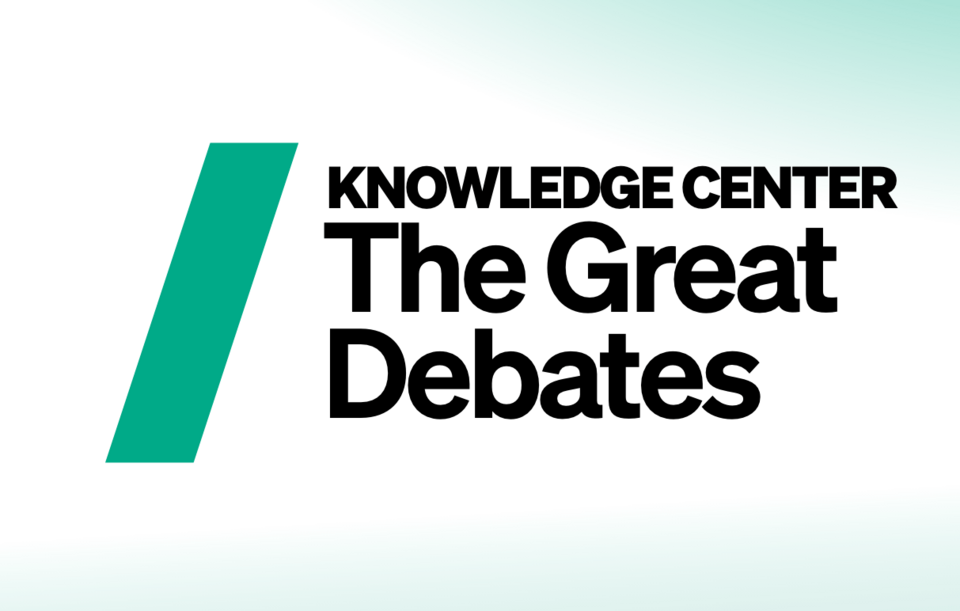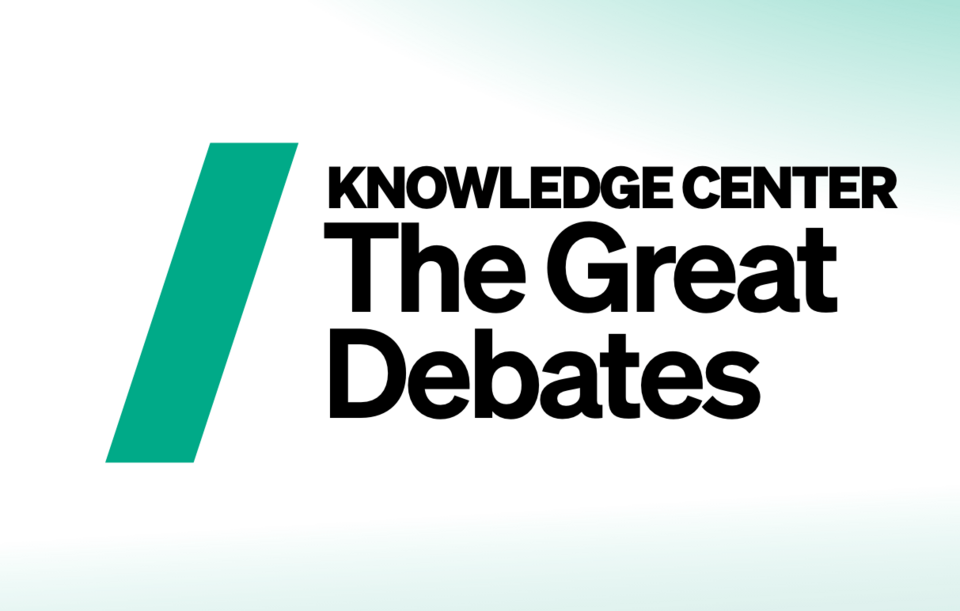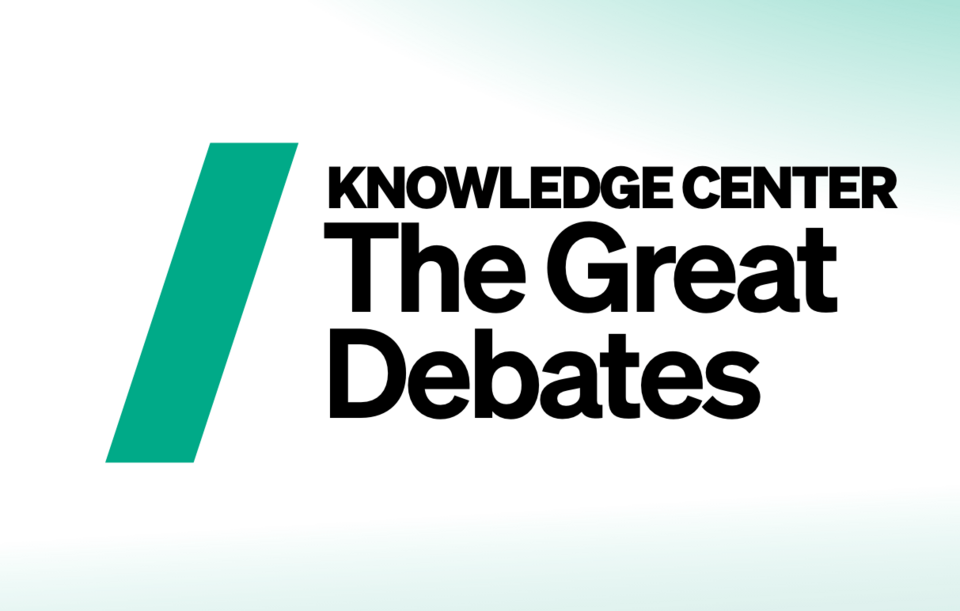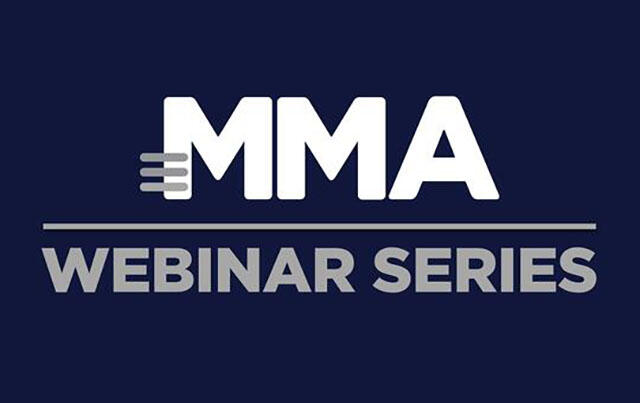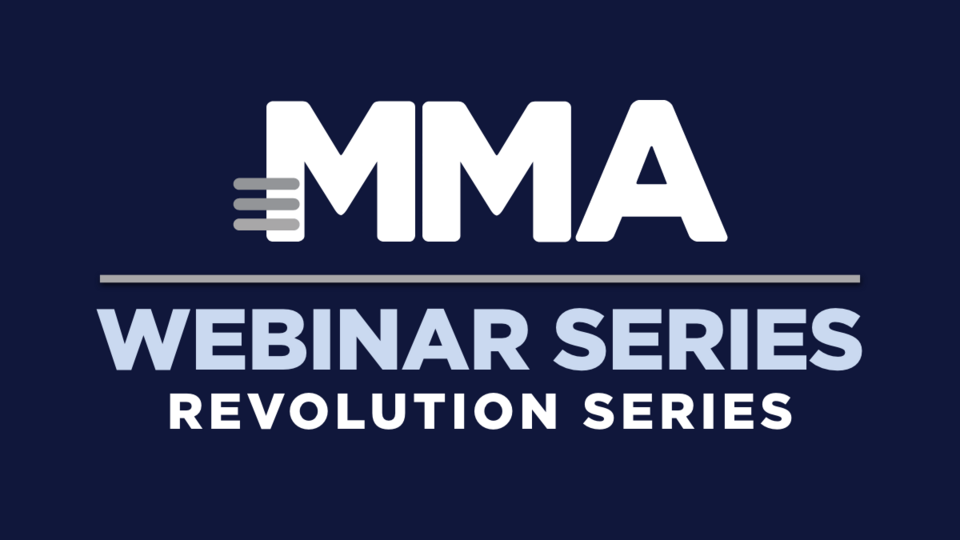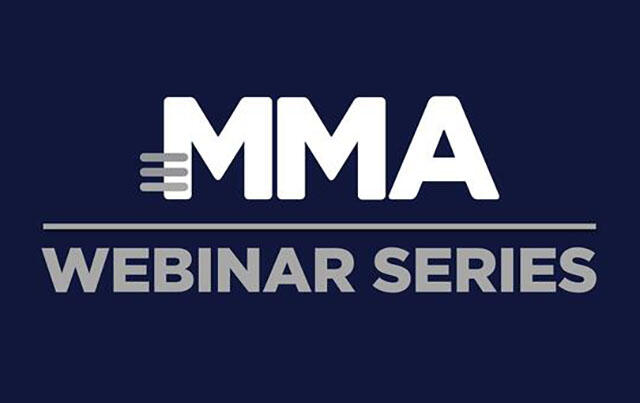Thursday, May 12, 2016 - 2:00pm to 3:00pm EDT
Watch the Webinar:
This Webinar, “7 Mobile Use Cases to Inspire Your Omnichannel Marketing Efforts,” presented by Michael Trapani, product marketing manager of IBM Marketing Cloud, reorients mobile around the fact it has become more than a unique execution channel, and is capable of delivering experiences in a variety of ways, from apps to SMS to social. As Trapani said in his introduction: “It’s not an app or a message … mobile is basically everything a customer can do from a mobile device.”
Below are seven tips for how marketers can best deploy the mobile toolkit. (To view the entire Webinar, click above).
- Consider where mobile fits into your customer journey.
For instance, some of the positive attributes of SMS include its ability to achieve broad reach, and its facility for promoting other channels. Apps, on the other hand, have a smaller reach, but can allow users to take quick action, and make it possible for a marketer to engage with its most loyal customers. - Expand your reach with multiple mobile channels.
When it’s very important to be in touch with certain customers, using multiple channels can be crucial. A brand could send a message about a transaction through an app, but if the customer doesn’t respond, it could follow up using another channel, like SMS or email. Combining channels allows for broader reach. - Use your bigger channels to support your smaller ones.
For instance, SMS and email can be used to easily drive downloads for a marketer’s app, and the marketer can then make sure to let users know how to further customize their experience. - Make your customers’ -- and call center reps’ -- day easier.
A marketer might make more efficient use of its customers’ time -- and its call center reps’ time -- by letting users employ mobile channels to schedule time with customer service reps. - Use signage and social to drive SMS opt-in.
Chipotle drove SMS opt-in on a day when it closed its stores for lunchtime for staff traing; it put a message on the doors of its stores directing customers to chipotle.com/raincheck, and also promoted the landing page using social. These platforms were used to drive SMS opt-in. Customers who texted Chipotle got a free burrito – and Chipotle expanded its customer database. - Use mobile social and display to entice customers.
Employing these channels in conjunction with one another can be very effective in terms of moving customers across their journey. Users can often be found by using social lookalikes, and then mobile rich media and display can be used to retarget. The key is to make sure these channels are talking to each other, so customers aren’t retargeted with product ads after purchase. - Use email and mobile together to enhance the customer experience.
This tandem can be used to create a relevant experience for an existing customer. A tennis fan who bought tickets to Wimbledon, for example, could receive email confirmation of her itinerary, and then, once on-site, receive a location-based message giving directions to her seats.
Trapani closed the Webinar by urging marketers to analyze every technology trend and see how it might apply to their business. New companies become disruptors, he noted, when incumbent businesses don’t embrace the technology fast enough.
To see the full roster of upcoming MMA Webinars, click here and to view past Webinars, click here.
Speakers:
